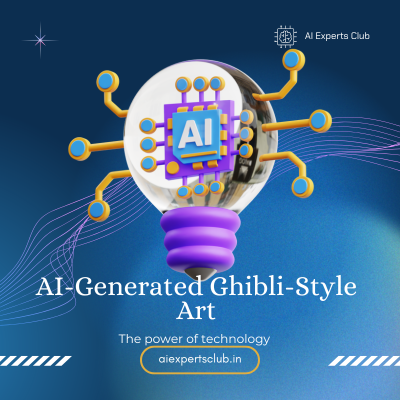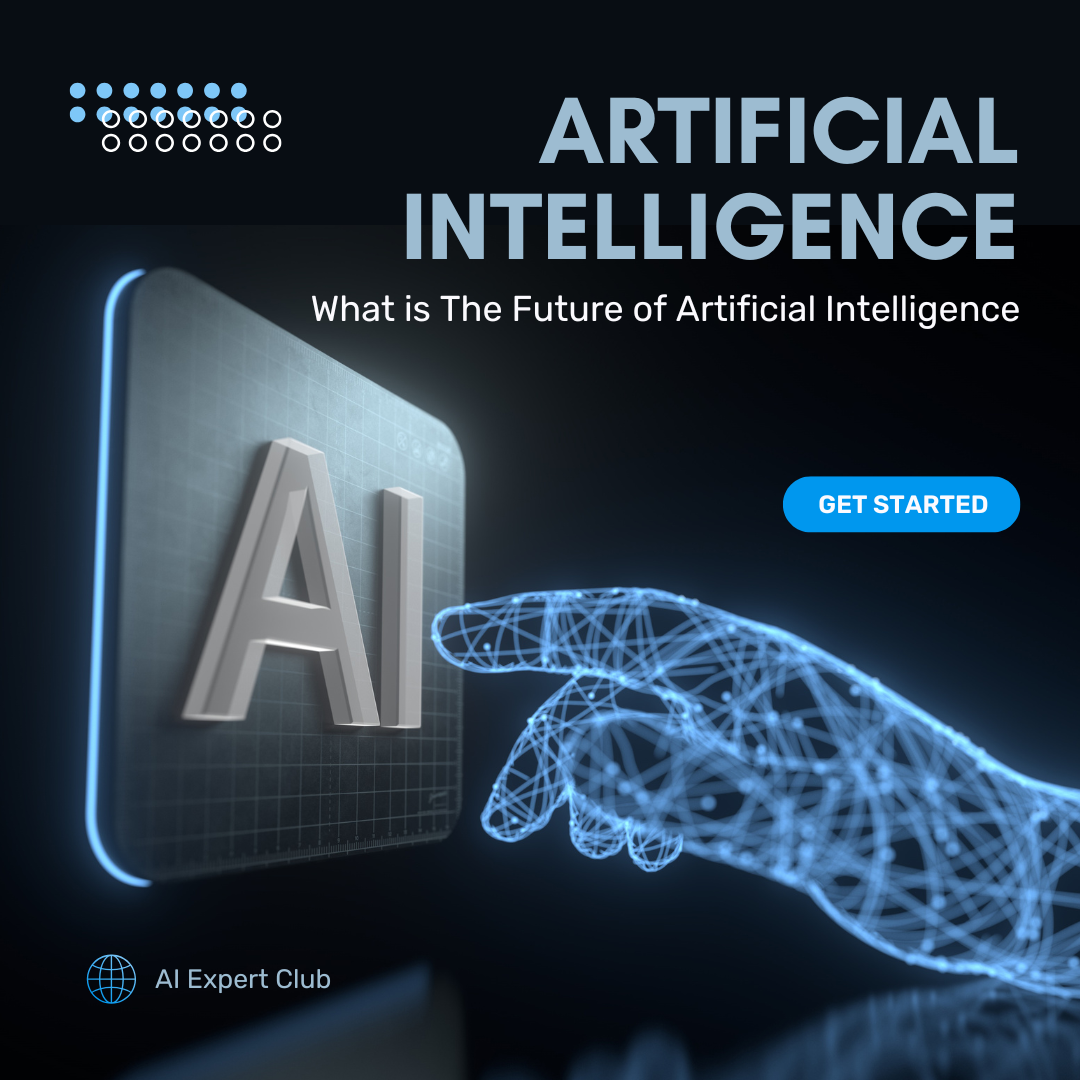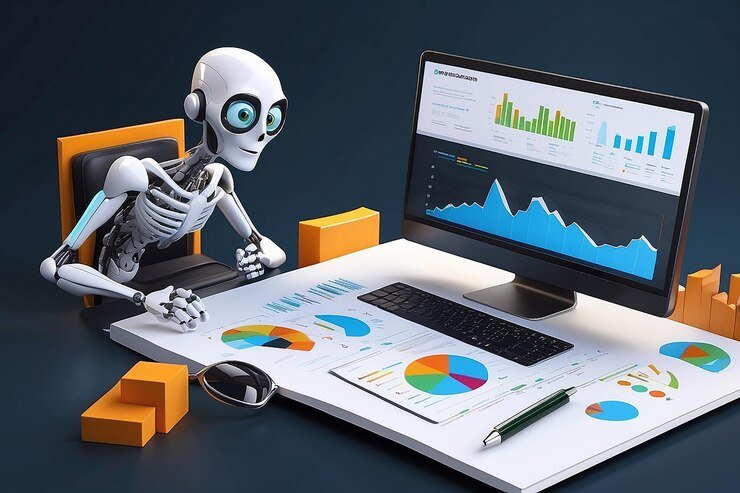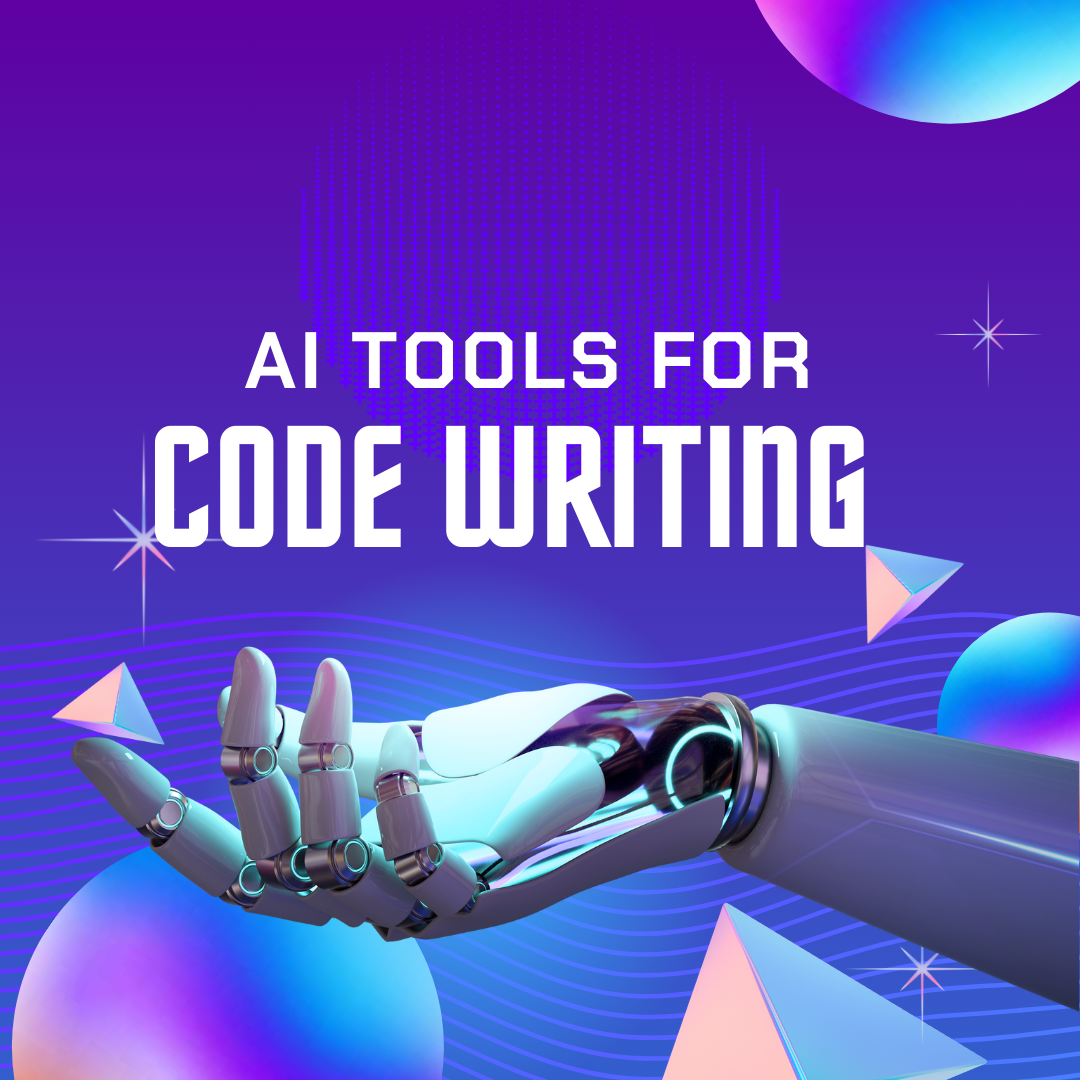The Rise of AI-Generated Ghibli Art Style: A Deep Dive into Creativity & Technology
The Rise of AI-Generated Ghibli-Style Art: A Deep Dive into Creativity & Technology
Introduction
The Rise of AI-Generated Ghibli-Style Art: How AI is Transforming Digital Creativity In a world where artificial intelligence is reshaping creative landscapes, AI-generated Ghibli-style art has emerged as a revolutionary force. But what happens when this technology meets the enchanting aesthetics of Studio Ghibli?
Ghibli’s art, known for its soft colors, whimsical themes, and deep emotional storytelling, has captivated audiences for decades. Today, AI tools like MidJourney, Stable Diffusion, and DALL-E are mimicking this beloved studio Ghibli art style, blurring the lines between human creativity and machine intelligence. But how does AI achieve this, and what does it mean for artists, collectors, and the industry as a whole?
In this blog post, we’ll explore the evolution of AI-generated Ghibli-style art, the technology behind it, the tools and resources available, the common challenges, and what the future holds for this fascinating trend.
Background & Context
The Evolution of AI in Art
The use of AI in art isn’t new. Early experiments date back to the 1950s, but the last decade has seen an explosion in AI-generated visuals thanks to advancements in deep learning and neural networks. Style transfer algorithms, generative adversarial networks (GANs), and diffusion models have made it possible to recreate and innovate upon artistic styles with astounding accuracy.
The Timeless Appeal of Studio Ghibli’s Art
Studio Ghibli, founded by Hayao Miyazaki and Isao Takahata, is renowned for its hand-drawn animation, attention to detail, and emotional depth. Its aesthetic features:
- Soft, painterly backgrounds
- Expressive, fluid character animation
- Dreamlike, nostalgic atmospheres
This timeless appeal has inspired digital artists, and now, AI models are being trained to replicate its unique style, leading to a rise in Ghibli-inspired AI-generated artworks. The AI-Generated Ghibli-Style Art movement is gaining traction as AI continues to refine its ability to recreate the intricate details of the Ghibli style.
The Ethical & Creative Debate
AI-generated Ghibli-style art raises important questions:
- Does AI-enhanced creativity devalue traditional artistic skills?
- Who owns AI-generated artwork?
- How do artists adapt to this new era?
How AI Recreates Ghibli’s Aesthetic
AI models analyze vast datasets of Ghibli-style images, learning patterns, color schemes, and textures. Through deep learning, these models generate new images that resemble the hand-painted beauty of Ghibli films.
Case Study: MidJourney’s Ghibli-Inspired Creations
Artists using MidJourney have successfully produced landscapes and character designs indistinguishable from studio Ghibli style. The AI tool employs diffusion-based image synthesis to generate highly detailed visuals.
How Artists Can Leverage AI for Ghibli-Style Art
- Training AI Models: Using tools like Stable Diffusion, artists can train custom models on specific Ghibli-inspired datasets.
- Post-processing enhancements: AI-generated art can be refined using Photoshop or Procreate.
- Hybrid Approach: Many artists blend AI with hand-drawn elements to create unique compositions.
Challenges & Solutions
Ethical Concerns:
- Artists must consider copyright and originality issues.
Quality Control:
- AI can sometimes misinterpret stylistic nuances, requiring human intervention.
Acceptance in the Art Community:
- Traditional artists may view AI art skeptically, but collaborations between AI and artists are helping bridge this gap.
Tools, Resources, & Expert Opinions
Popular AI Tools for Ghibli-Style Art
| Tool | Features | Pros | Cons |
|---|---|---|---|
| MidJourney | AI-powered text-to-image generation | High-quality outputs | Requires subscription |
| Stable Diffusion | Open-source, customizable | More control over style | Technical knowledge needed |
| DALL·E | GPT-powered image synthesis | Easy to use | Limited fine-tuning |
Expert Insights
AI artist Jane Doe states, “AI is not replacing artists—it’s expanding our creative potential. Combining AI with traditional art techniques leads to new forms of storytelling.”
FAQs & Common Mistakes
Frequently Asked Questions
Q: Can AI-generated Ghibli art be sold legally?
A: It depends on the dataset used. If trained on copyrighted images, it may violate intellectual property laws.
Q: How do I make AI art look more authentic?
A: I use manual touch-ups and refine the composition with digital painting techniques.
Common Mistakes to Avoid
- Over-reliance on AI: AI is a tool, not a replacement for artistic vision.
- Ignoring Ethical Implications: Always credit AI-generated work appropriately.
- Not Experimenting Enough: Customizing AI settings can yield unique, high-quality results.
Conclusion
AI-generated Ghibli-style art represents a fascinating blend of technology and creativity. While AI can replicate artistic styles with remarkable accuracy, human creativity remains irreplaceable in storytelling and emotional expression.
For artists and enthusiasts, AI is a powerful tool that, when used wisely, enhances artistic potential rather than replacing it. Whether you’re an aspiring digital artist or a curious observer, the future of AI in art promises exciting opportunities.
Ready to explore AI art? Try creating your own studio Ghibli art style masterpiece with MidJourney or Stable Diffusion, and share your creations with us!








One Response